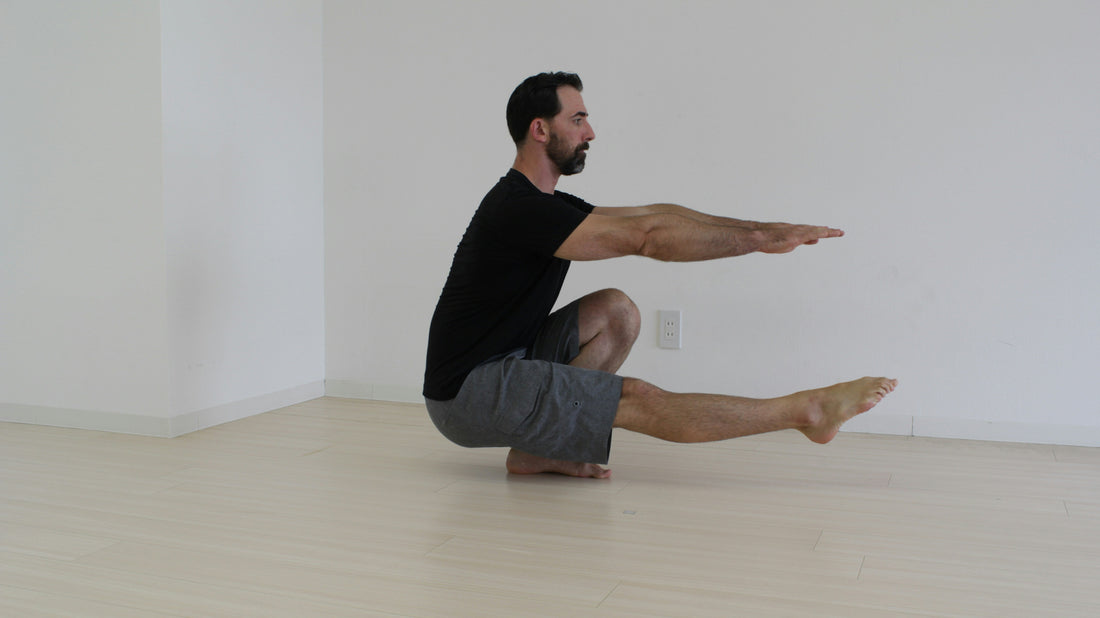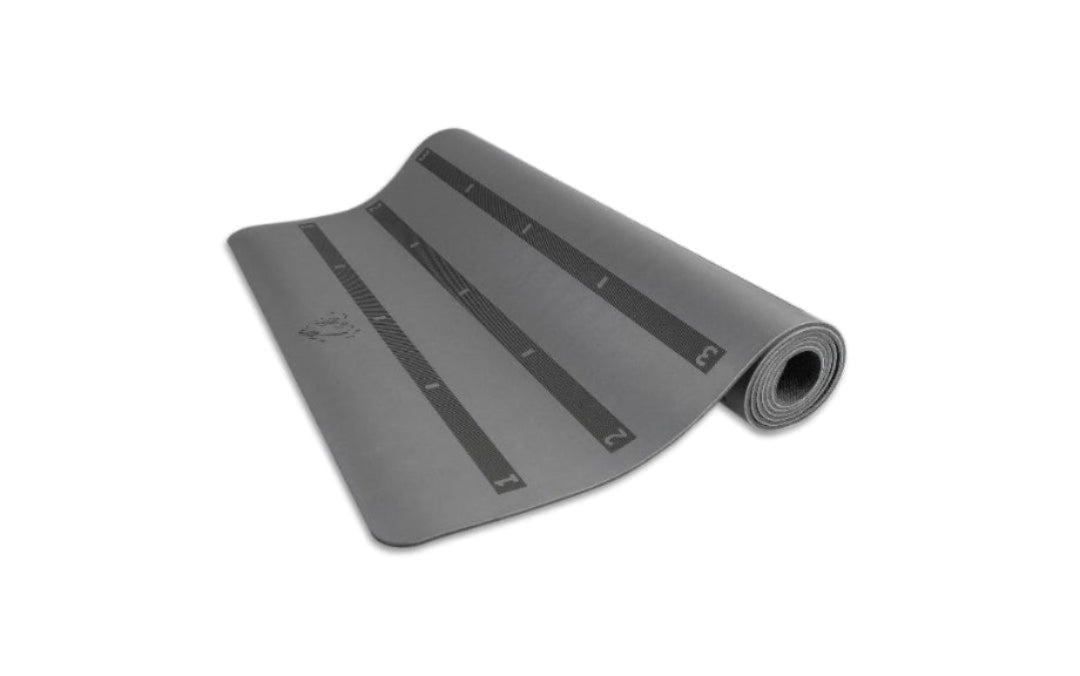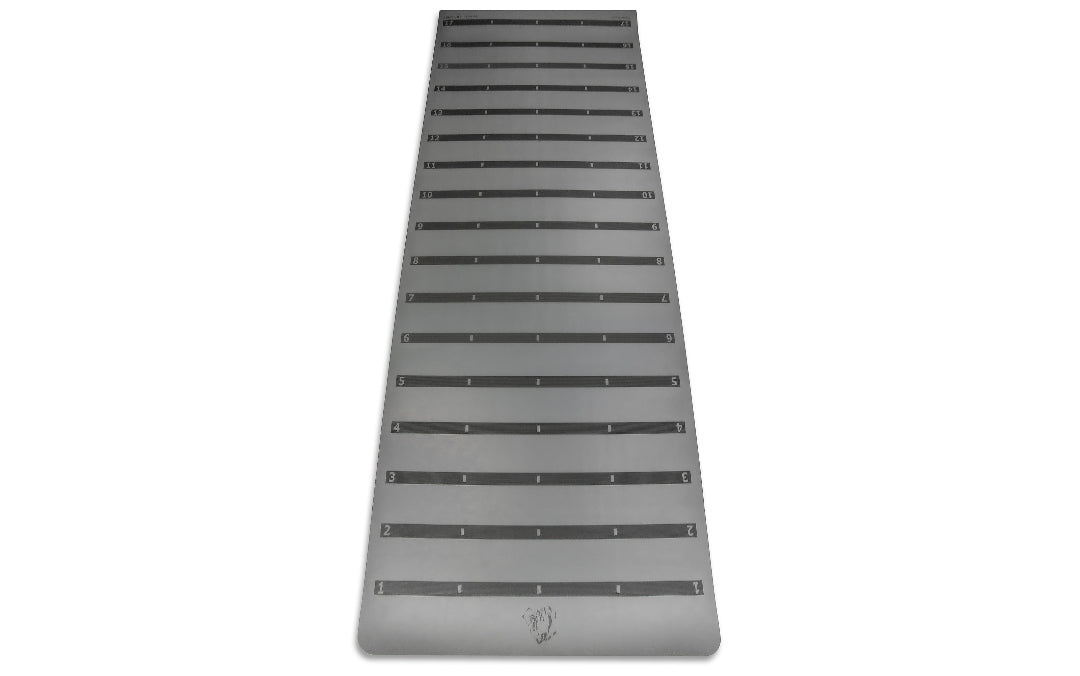Suspension training isn’t just for your upper body. While rows, presses, and pulls are often the most popular suspension exercises, the system also delivers incredible benefits for your lower body. One of the best ways to build strong, stable, and functional legs is with the Suspended Single-Leg Squat, often called the Pistol Squat. This exercise blends strength, balance, and mobility into one challenging yet scalable movement.

Why Choose the Suspended Single-Leg Squat?
Single-leg training has unique benefits compared to traditional two-leg squats. It helps correct muscular imbalances, improves coordination, and strengthens stabilizing muscles around your hips, knees, and ankles. With the support of suspension straps, the Pistol Squat becomes more accessible to beginners who may struggle with balance or flexibility, while still challenging advanced athletes.
The exercise especially targets the quadriceps, hamstrings, glutes, and calves, while also demanding core engagement to keep your body upright. Unlike machine-based exercises, the suspended Single-Leg Squat improves functional movement patterns that carry over to sports, running, and everyday activities.
How to Perform the TRX Single-Leg Squat

- Set Up: Stand facing the anchor point and hold both TRX handles with a light grip. Extend your arms straight in front of you and keep slight tension on the straps.
- Position: Lift one foot off the floor and extend it in front of you. Keep your chest lifted and shoulders back.
- Lower Down: Slowly bend your standing leg, lowering your hips toward the ground while extending your free leg forward. Use the straps for balance and support, not to pull yourself up.
- Return: Drive through your heel to straighten your leg and return to the starting position. Maintain control and keep your free leg lifted throughout the movement.
- Repeat: Perform 8–12 reps on one leg, then switch sides.
Common Mistakes to Avoid
- Relying too much on the straps: Let the TRX assist with balance, but avoid using your arms to “row” yourself up.
- Rounding the back: Keep your chest tall and core engaged to protect your spine.
- Dropping too quickly: Control your descent to maximize muscle engagement and stability.
Progressions and Modifications

- Beginner: Start with a smaller range of motion, going halfway down until you build confidence.
- Intermediate: Work toward lowering your hips parallel to the floor while keeping balance.
- Advanced: Add a pause at the bottom or slow tempo reps for extra intensity.
Why Add This to Your Training?
The suspended Single-Leg Squat is a versatile, joint-friendly move that challenges your body in ways traditional squats cannot. Whether your goal is muscle strength, improved balance, or enhanced athletic performance, this exercise deserves a place in your suspension training routine. By incorporating it regularly, you’ll not only build strong legs but also develop the stability and control that pay off in every sport and daily movement.




